Braiding hair has been more than just a way to style it for centuries—it’s a tradition that carries deep cultural significance and serves as a powerful form of connection. Across the globe, different cultures have passed down the art of braiding, each style representing something unique, from social status to spiritual rituals. These intricate patterns have been used as a way to bond, tell stories, and even heal, creating a sense of community and belonging.
At its core, braiding is a ritual that transcends mere aesthetics. It can be an expression of identity, a way to preserve traditions, and a form of emotional healing. For many, braiding has been a way to care for each other, offering a moment of quiet reflection, nurturing, and shared history. It’s more than just a hairstyle—it’s a practice that has woven its way through generations, creating lasting connections and bringing comfort in times of joy or sorrow.
Cultural Connection
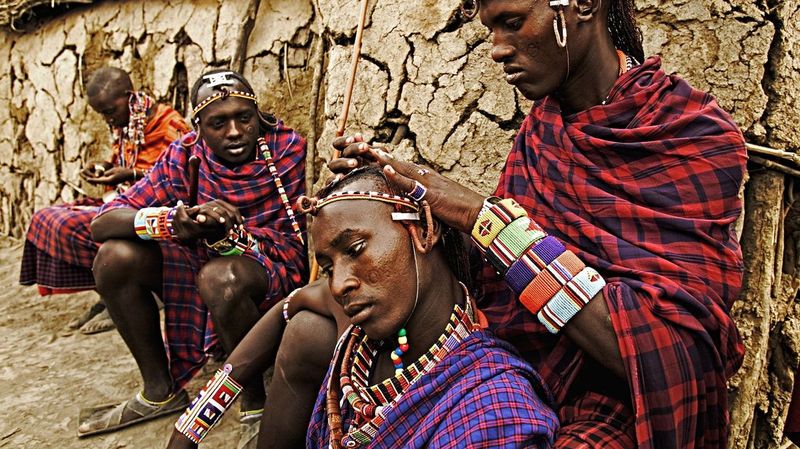
Braiding is a beautiful thread connecting generations, a tradition passed down through families that ties individuals to their cultural roots. It serves as a bridge, linking the wisdom of ancestors with the present.
Elders teach younger generations this intricate art, sharing stories and customs in the process.
The act of braiding becomes a moment of cultural exchange, where languages, traditions, and histories intertwine, fostering a rich tapestry of shared identity. It’s not just about style; it’s about preserving heritage and nurturing a sense of belonging.
In every twist and turn, braiding encapsulates cultural continuity.
Healing Through Touch
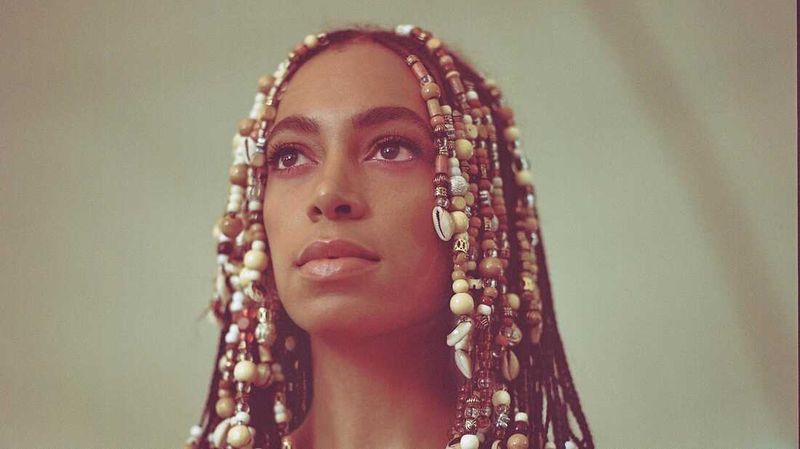
The gentle touch of hands weaving through strands of hair can be incredibly soothing. Braiding provides a meditative experience, a moment of mindfulness that calms the mind and body.
This tactile interaction releases tension, slows down the hectic pace of life, and promotes relaxation.
The repetitive motion and rhythmic pattern of braiding are akin to a healing ritual, offering comfort and solace. Touch, being one of the most powerful senses, plays a vital role in emotional well-being.
Braiding thus becomes a nurturing practice, helping individuals connect with themselves and others on a deeper level.
Storytelling and Oral Tradition
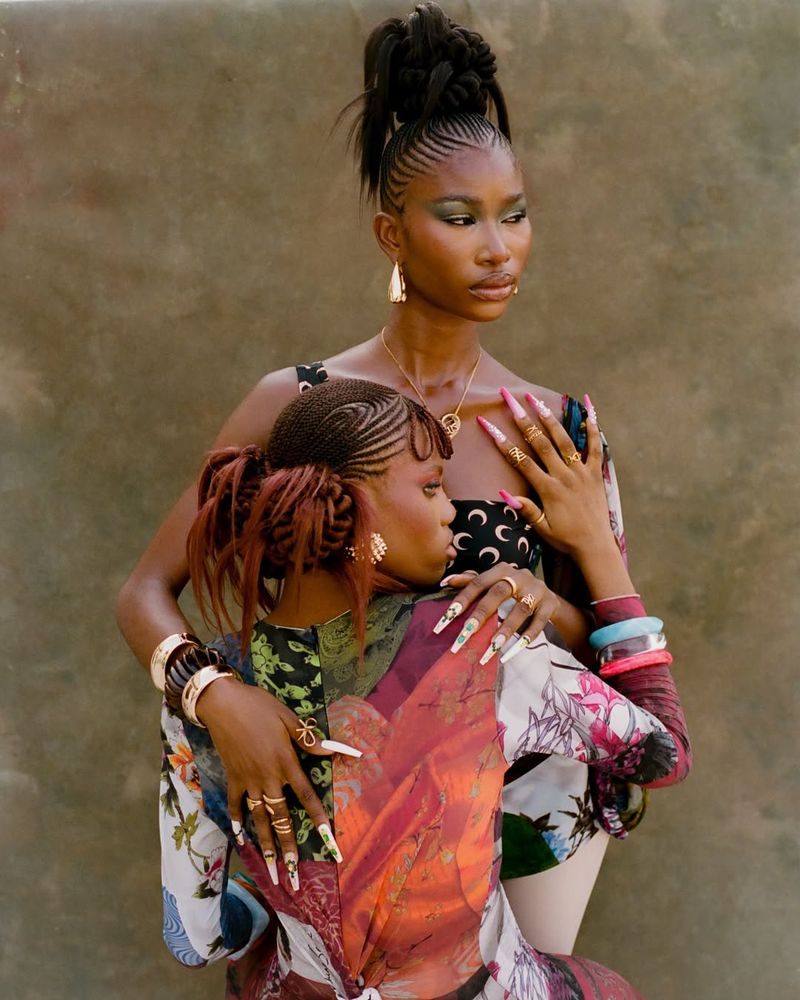
In many cultures, hair braiding sessions are a time for storytelling. Elders share tales of ancestors, imparting wisdom and life lessons while fingers deftly weave intricate patterns.
This tradition of oral storytelling is preserved through braiding, where each session becomes a narrative journey.
Children listen with rapt attention, absorbing cultural values and histories passed down through generations. The stories shared during braiding sessions are not just entertainment; they are vital tools for education and cultural preservation, ensuring that the legacy of storytelling continues to thrive.
Expression of Identity
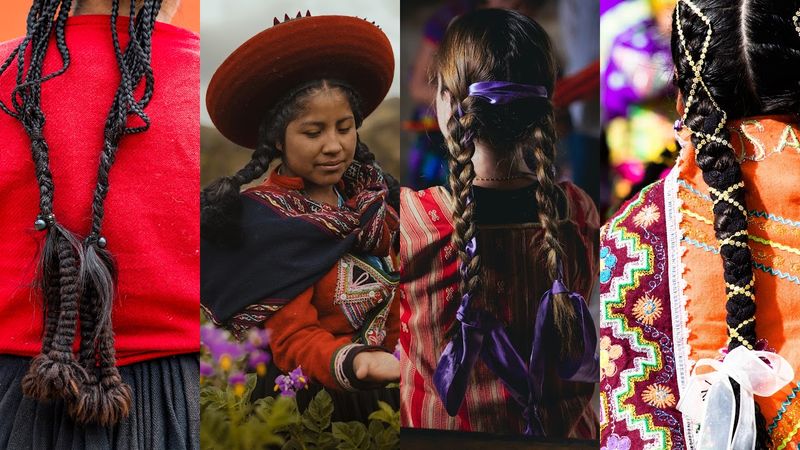
Braiding allows individuals to express their identity, reflecting personal style and cultural heritage. The choice of braid style, pattern, and adornments can signify different aspects of identity, from tribal affiliations to social status.
Each braid becomes a canvas for self-expression, allowing individuals to communicate who they are and where they come from. This personal touch imbues braids with meaning, making them more than just a hairstyle.
Through braiding, people celebrate their uniqueness while paying homage to their roots, creating a sense of pride and empowerment.
Social Bonding
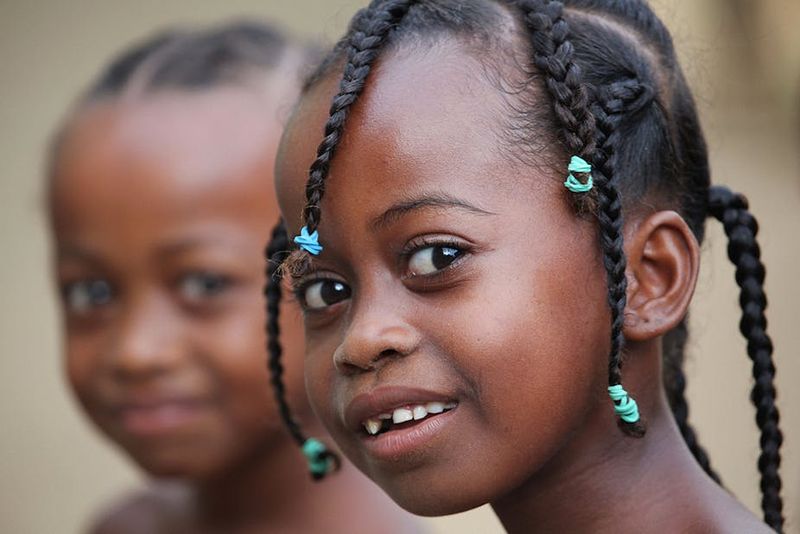
Braiding is an opportunity for social bonding, where friends and family gather to share time and experiences. The process fosters a sense of community, as individuals come together to help each other create beautiful braided styles.
These moments are filled with laughter, conversation, and companionship, strengthening relationships and creating lasting memories. Whether at a family gathering or a casual get-together, braiding brings people closer, making it a cherished social activity.
It’s a tradition that transcends generations, providing a space for connection and joy.
Ritualistic Significance
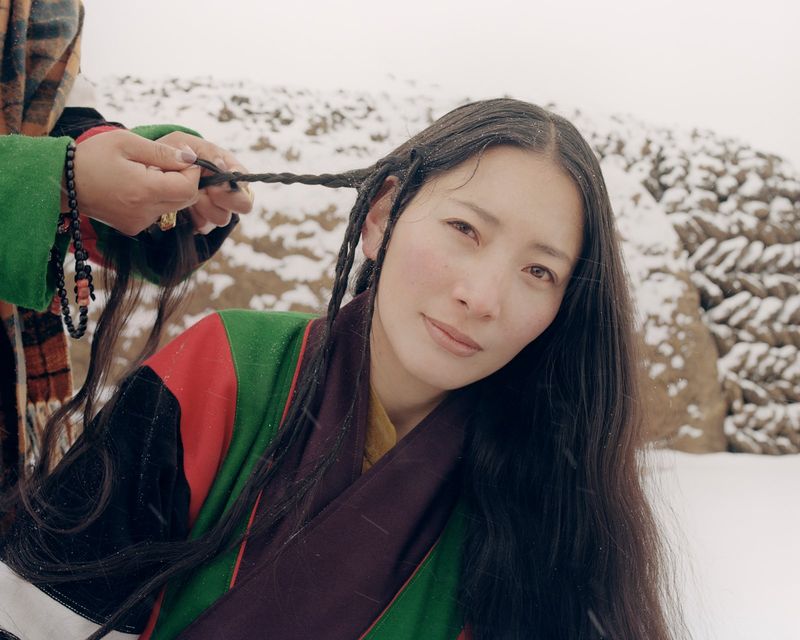
In many cultures, braiding holds ritualistic significance, often featured in ceremonies and rites of passage. It symbolizes important life transitions, marking events such as coming of age, marriage, or spiritual milestones.
The act of braiding becomes sacred, a way to honor ancestors and seek blessings for the future. Participants engage in the ritual with reverence, recognizing its profound spiritual and cultural importance.
Through these ceremonies, braiding serves as a conduit for connecting with the divine, adding a layer of depth to this age-old practice.
Empowerment and Confidence
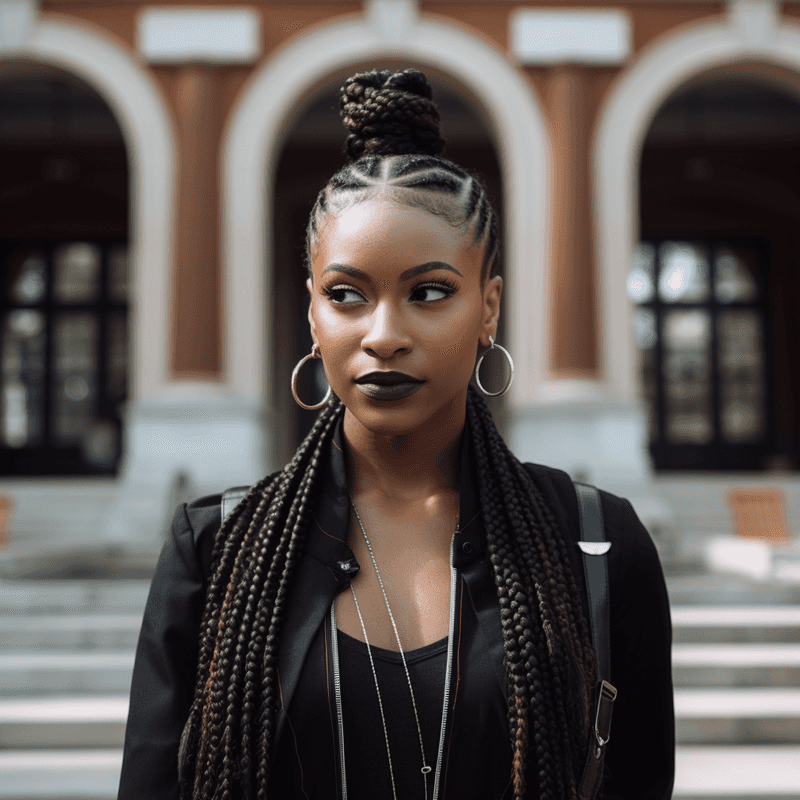
A beautifully braided hairstyle can boost one’s confidence and sense of self-worth. The intricate patterns and styles offer a sense of accomplishment and pride, allowing individuals to carry themselves with grace and assurance.
Braiding can transform how someone perceives themselves, empowering them to embrace their uniqueness and stand tall in their identity. This boost in confidence radiates outwards, influencing how others perceive them as well.
By wearing braids, individuals celebrate their beauty and strength, making a powerful statement about self-love and empowerment.
Resilience and Patience
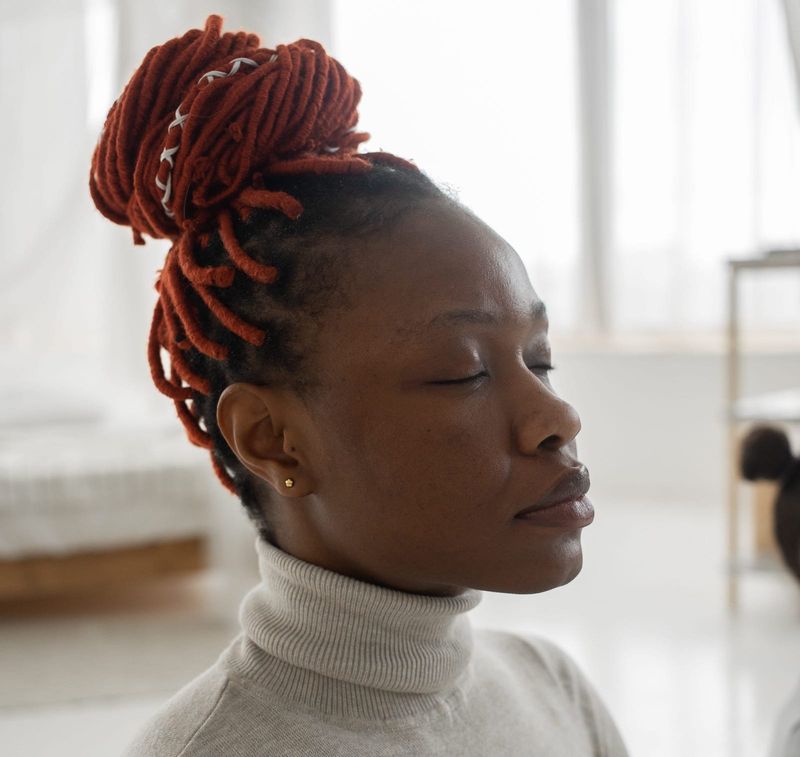
Braiding requires patience and precision, teaching valuable lessons of resilience. The process of weaving intricate patterns demands focus and time, turning each session into a practice of perseverance.
As individuals engage in this meticulous art, they cultivate a sense of discipline and dedication. These qualities extend beyond braiding, shaping how they approach challenges in life.
The complexity and beauty of a finished braid reflect the effort and patience invested, serving as a reminder of the rewards of determination. Through braiding, individuals learn to embrace the journey, not just the result.
Creativity and Artistry
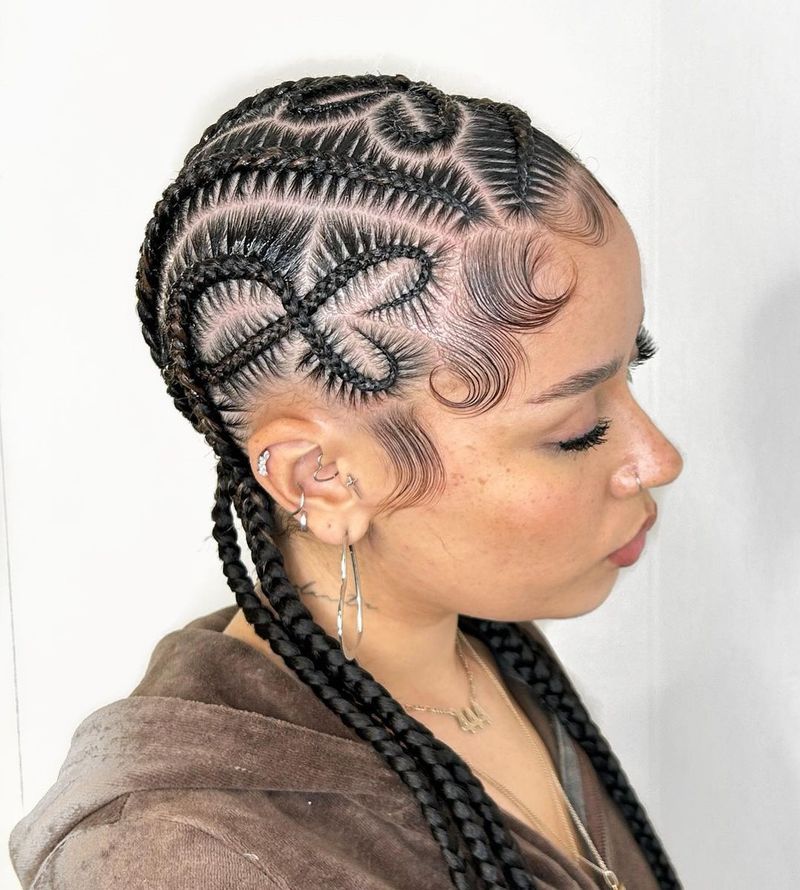
Braiding is an art form that showcases creativity and individuality. Each braid is a testament to the braider’s skill and imagination, blending colors, patterns, and textures into a unique masterpiece.
The possibilities are endless, from simple twists to elaborate designs, making braiding a dynamic and evolving art. This creative expression allows individuals to push the boundaries of conventional hairstyles, inspiring innovation and diversity.
Through braiding, people celebrate their artistic flair, transforming hair into a canvas for their wildest ideas and visions.
Tradition Meets Modernity
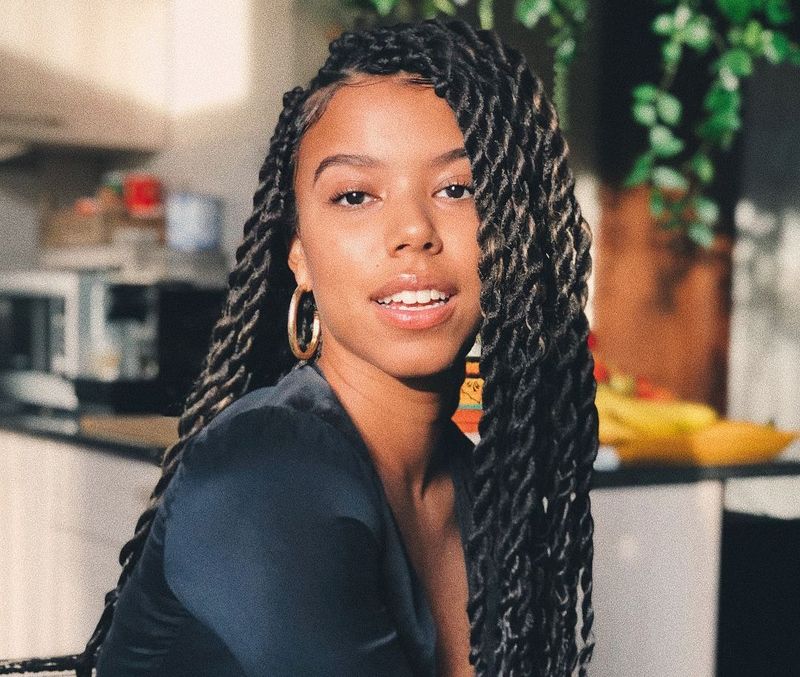
Braiding gracefully bridges the gap between tradition and modernity, evolving with time while preserving its core essence. In today’s world, braids are celebrated in fashion and pop culture, often reinterpreted with contemporary flair.
This fusion honors the past while embracing the future, allowing traditional styles to adapt and thrive in new contexts. As young people experiment with modern twists on classic braids, they continue to honor their heritage, keeping the tradition alive.
Braiding thus becomes a living art, reflecting the dynamic interplay between history and innovation.
